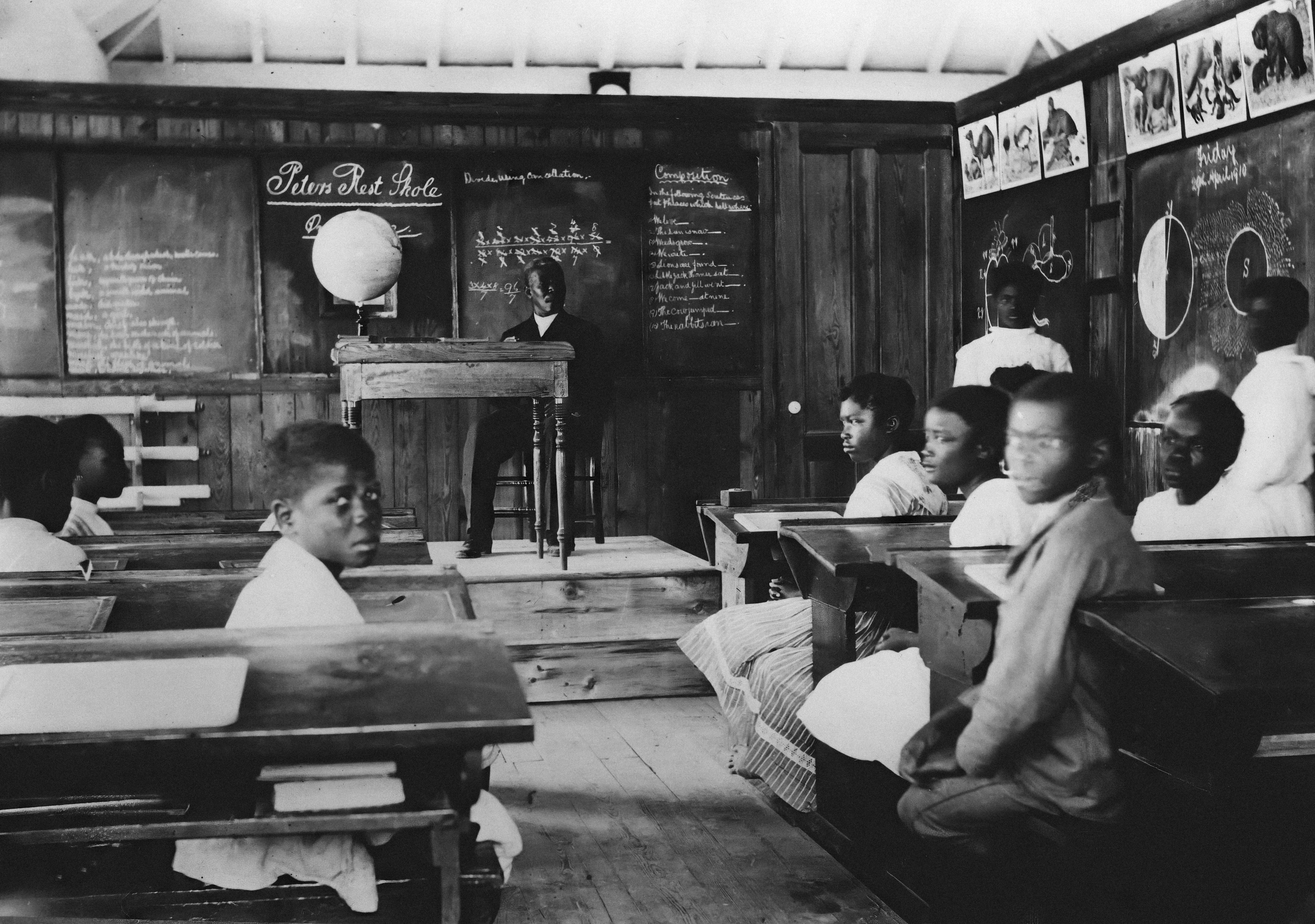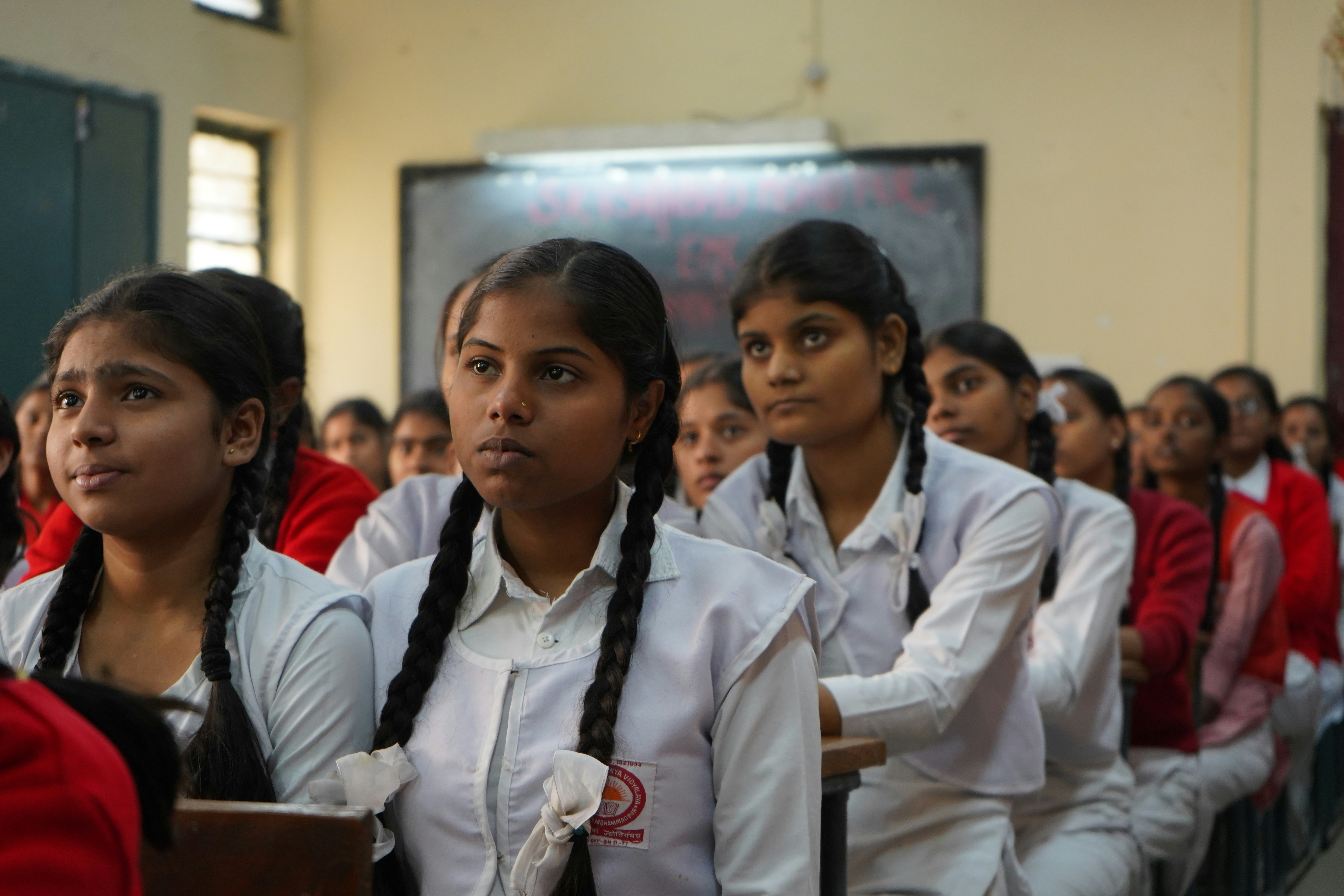Physical and Health Education
Why Physical and Health Education Should Never Be Overlooked
When we talk about shaping the future, many people focus on math, science, and other ‘serious’ subjects. But have we paused to think about the role of physical and health education in schools? Honestly, this is where the real magic happens! Beyond just running around on the field, physical and health education (PHE) is the heartbeat of a well-rounded school system. It’s the key to raising healthy, confident, and smart students who will grow into responsible adults.
So, let’s dive into why this subject is so crucial, especially in today’s world where most children are glued to their screens instead of moving their bodies.
Why Physical and Health Education Matters in School
Physical and health education isn’t just about keeping fit or avoiding junk food. It’s a complete package that prepares students for life. When schools prioritize PHE, they are setting up students for success in every area of life.
Students don’t just learn how to play football or do jumping jacks; they build discipline, teamwork, and resilience. These are qualities they will need in school, in the workplace, and even in their personal relationships.
Also, let’s not forget that PHE plays a huge role in health management. Students learn about nutrition, mental health, and how to make good choices that will save them from future health problems. Trust me, what they learn here can literally save their lives.
Benefits of Physical and Health Education in Schools
1. Improved Physical Fitness
When students are regularly engaged in sports and exercise, their bodies become stronger and more flexible. They develop endurance, better balance, and overall fitness that helps them perform better, even in the classroom.
Imagine a child who’s always tired and sluggish compared to one who is active and energetic—who do you think will pay better attention in class? Exactly.
2. Better Mental Health
One sweet thing about physical activity is that it naturally boosts your mood. Yes, exercise helps release those feel-good hormones called endorphins. So when students exercise, they are indirectly fighting stress, anxiety, and even depression.
Students who stay active often enjoy better focus, improved memory, and a positive mindset. This doesn’t just help them in sports but also gives them the mental sharpness needed to tackle their books.
3. Development of Social Skills
There’s no way you can play team sports without learning how to communicate and work with others. Through PE, students pick up priceless social skills like teamwork, leadership, and conflict resolution.
These skills don’t just disappear after school—they stick with them for life, helping them build strong relationships at work, at home, and in society.
Health Education: Equipping Students for Life
Health education is not just a ‘nice to have’—it’s a necessity. Every child should know how to take care of their body and mind. Schools that take this seriously are doing the real work of saving future generations from poor health decisions.
Nutrition and Healthy Eating
Students should know why a balanced diet matters. This is not the time to leave them guessing or learning from social media influencers. Schools must teach them the importance of portion control, fruits, vegetables, and the dangers of eating too much junk food.
Mental Health Awareness
We can’t keep quiet about mental health anymore. Schools should be places where students feel safe to talk about how they’re feeling. Health education helps to break the stigma around mental illness, showing students that it’s okay to ask for help.
Preventive Care
Simple lessons about regular check-ups, vaccines, and personal hygiene can save lives. When students understand this early, they grow up to become adults who value their health and make proactive choices.
How PHE Boosts Academic Performance
Do you know that students who exercise regularly actually do better in their studies? No jokes.
Research by the Centers for Disease Control and Prevention (CDC) proves that physical activity improves concentration and sharpens memory. When students get moving, their blood circulation improves, their brains get more oxygen, and they can focus better in class.
Schools that prioritize PHE often notice that their students have less stress and perform better academically. It’s like hitting two birds with one stone—health and good grades.
Building Lifelong Healthy Habits
Physical and health education goes beyond school—it sets students up for life.
Students who develop a love for exercise and healthy living at a young age are more likely to continue those habits as adults. It’s not just about passing PE exams; it’s about creating a lifestyle that sticks.
Through PHE, students also learn life lessons like consistency, goal-setting, and taking responsibility for their own health.
When children build these habits early, they grow up understanding the importance of regular exercise, balanced diets, and even stress management techniques. They know the value of staying healthy, not just for today, but for life.
The Importance of Inclusivity in PHE
Physical and health education should be for everybody. No child should feel left out. Whether a student has a disability, is overweight, or just doesn’t like sports, the program should be flexible enough to carry everyone along.
Schools can create adaptive programs and train teachers to handle different learning needs. This is how we build a school environment where no child feels invisible.
Also, when students learn together and support each other despite their differences, we’re not just building fit students—we’re building empathetic and compassionate human beings.
Challenges Schools Face in Implementing PHE
Let’s be real—not every school can provide quality physical and health education. Many schools face serious challenges like:
-
Lack of funding for equipment and proper sports facilities.
-
Shortage of trained PE and health education teachers.
-
Cultural and societal barriers that make health education a low priority.
In some communities, there’s still a mindset that PE is just playtime. Some parents even complain that their kids are wasting time instead of focusing on ‘important’ subjects like math and English.
These challenges need to be addressed if we really want to give our children the best chance at a healthy life.
The Role of Parents and the Community
Parents and the community can make or break physical and health education programs.
When parents show interest in fitness and encourage their children to participate in sports, the kids naturally follow suit. Also, local organizations, community centres, and sports clubs can work with schools to provide more opportunities for students to stay active.
After-school programs, weekend sports clubs, and community health workshops can create a solid support system that reinforces what students are learning in school.
Let’s not leave everything to the teachers. When parents, schools, and communities team up, we create a health-conscious generation that will make better choices.
Conclusion: Investing in a Healthier Future
If we truly want to raise smart, strong, and responsible young people, physical and health education must be a priority in every school. It’s not just about passing PE exams—it’s about building lifelong habits that will keep them healthy and happy.
From improved academic performance to mental health benefits and social skills, the impact of PHE is massive. Schools need to create inclusive programs, parents must play their part, and communities should offer their support.
When we all work together, we can raise a generation that values fitness, health, and overall well-being.
Let’s start now—the future is waiting.





